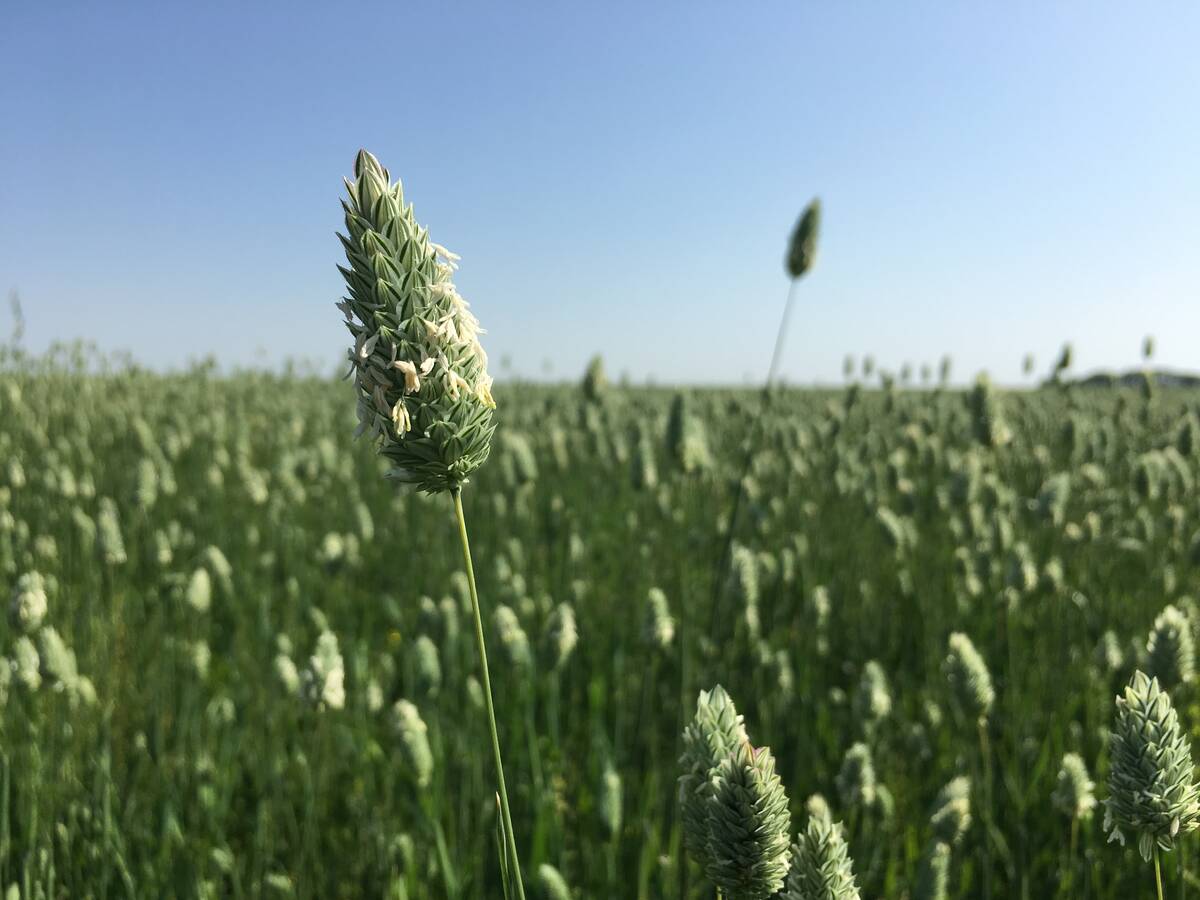Standard & Poor’s Rating Services has lowered its long-term issuer credit rating on CWB, reflecting uncertainty about the agency’s ability manage future debt obligations.
S&P announced Feb. 28 that it had lowered CWB’s ICR rating from an AA to a BBB minus, reflecting a negative outlook for the company.
However, CWB officials said the downgrade won’t affect company operations.
CWB’s senior unsecured debt rating, which applies to $1 billion to $1.5 billion in current borrowings, re-mains at AAA, the highest rating available, they added.
Read Also

No special crop fireworks expected
farmers should not expect fireworks in the special crops market due to ample supplies.
Standard & Poor’s issues two ratings for CWB: a debt rating that covers long and short-term debts and an ICR rating for creditors.
The debt rating remains at AAA, reflecting debt guarantees provided by the federal government, said CWB chief financial officer Brita Chell.
The “debt rating … is the rating that is applicable to all the long-term and short-term debts that we have in the marketplace, and they (Standard & Poor’s) have affirmed that rating at AAA,” Chell said.
“That’s the most important rating to use because we are in the (debt) markets, and having a AAA rating is very good in terms of security and quality of credit for investors.”
Ottawa will continue to offer a government guarantee on CWB debts incurred before Aug. 1, 2017, or until CWB is privatized, whichever date comes first.
The debts will be covered regardless of when they mature.
Chell said S&P’s ICR downgrade will not hasten efforts to privatize the wheat board.
CWB executives have until Aug. 1, 2016, to submit a plan for privatizing the wheat board. The downgrade did not come as a surprise.
“We knew that with the change in our mandate, that they would likely be downgrading us,” she said.
“Having said that, that issuer credit rating is of very limited value to our counterparties and our business partners.”
Chell said CWB has asked that S&P withdraw its ICR rating, suggesting the rating creates unnecessary confusion among CWB’s debt investors.
Meanwhile, S&P painted a generally negative picture of CWB business prospects going forward.
“The (ICR) downgrade reflects our view of the loss of monopoly status and the subsequent weakening of CWB’s business risk profile, diminished support from the federal government and intermediate financial risk profile,” said Standard & Poor’s credit analyst Stephen Oglivie.
“With the loss of its monopoly position, we believe that the CWB’s business risk profile has weakened considerably.
“Geographic and product diversification are low, in our opinion. Furthermore, CWB owns little of the intermediary infrastructure — grain elevators and port facilities, for example — that are key to success in this industry.
“At fiscal 2012 year-end, CWB reported equity of about $100 million, and we believe future sources of equity are unclear.”
In its two-year outlook, S&P said it expects CWB to retain a smaller base of producer support and to modestly diversify its products and revenues.
However, any improvements in its business risk profile will likely be minor.
“Although CWB might be able to strengthen its financial risk profile through allocations of its contingency fund, we are not projecting a major capital injection in the next two years,” the S&P analysis said.
“Furthermore, we expect that there will be little change in relations with the federal government and that its debt guarantees will remain in place until 2017.”
Lower-than-expected farmer support levels, the removal of federal debt guarantees before 2017 or a significant drop in liquidity could put further downward pressure on CWB’s ratings, it added.















